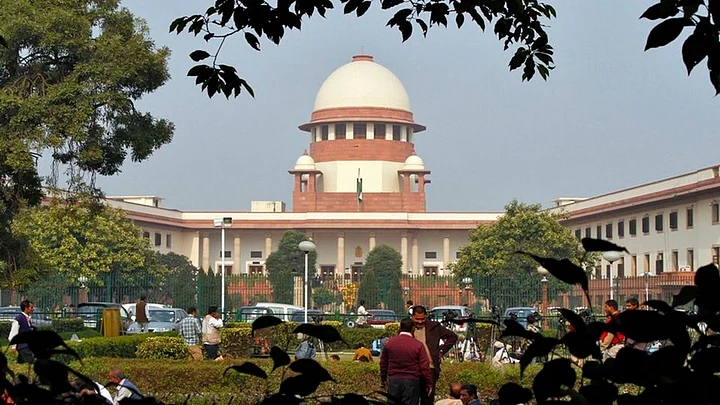The Supreme Court collegium has sent to the Centre the names of senior advocate Indu Malhotra and Uttarakhand High Court Chief Justice KM Joseph for their appointment as judges of the apex court, sources said on Monday, 22 January.
This move by the collegium, headed by Chief Justice of India (CJI) Dipak Misra, comes amid an ongoing tussle in the top court which had came into fore after the unprecedented 12 January press conference by four senior most judges there.
Justices J Chelameswar, Ranjan Gogoi, Madan B Lokur and Kurian Joseph – who had held the press conference highlighting various issues, including allocation of important and sensitive PILs, and questioned the manner in which the CJI was allocating them.
The collegium had on 11 January decided to recommend the names of Joseph and Malhotra for appointment as apex court judges.
The sources said these two names have now been formally sent to the government.
Malhotra would become the first woman lawyer to be directly appointed as a judge of the apex court, sources said.
The name of Justice Joseph, who was part of the bench which in 2016 had quashed the imposition of President's Rule in the state, has also been cleared for elevation to the apex court in a collegium meeting held on 10 January.
Justice Joseph was appointed as Permanent Judge of the Kerala High Court in 2004 and later transferred to Uttarakhand High Court where he assumed charge in 2014 as Chief Justice.
Malhotra, who was designated as a senior advocate in 2007, would be the first woman lawyer to be directly appointed as a judge of the top court, instead of being elevated from a high court.
She will be the seventh woman judge since independence to make it to the Supreme Court. At present, Justice R Banumathi is the lone woman judge in the apex court.
Since Independence, only six women judges have made it to the top court as judges.
The first appointment was of Justice M Fathima Beevi in 1989, 39 years after the setting up of the Supreme Court in 1950.
Justice Fathima Beevi was elevated to the apex court after her retirement as a judge of the Kerala High Court.
After serving the top court till 29 April 1992, she was later appointed as the Governor of Tamil Nadu.
The second woman judge in the Supreme Court was Justice Sujata V Manohar who started her career as a judge from the Bombay High Court and rose to become the Chief Justice of the Kerala High Court. She was elevated to the apex court where she remained from 8 November 1994 till 27 August 1999.
Justice Ruma Pal followed Manohar after a gap of almost five months and became the longest-serving woman judge from 8 January 2000 to 2 June 2006.
After her retirement, it took four years to appoint the next woman judge. Justice Gyan Sudha Misra was elevated to the Supreme Court from Jharkhand High Court where she was the Chief Justice. Her tenure in the apex court was from 30 April 2010 to 27 April 2014.
During her stint, she was joined by Justice Ranjana Prakash Desai, who served the apex court between 13 September 2011 to 29 October 2014. These two judges also created a history by holding the court together as an all-women bench for a day in 2013.
Justice Banumathi, who at present is the only sitting woman judge, had joined on 13 August 2014 and would retire on 19 July 2020.
In the 67-year history of the Supreme Court, there have been only two occasions when it has had two sitting women judges together, the first being Justices Misra and Desai and later Justices Desai and Banumathi.
(We Indians have much to talk about these days. But what would you tell India if you had the chance? Pick up the phone and write or record your Letter To India. Don’t be silent, tell her how you feel. Mail us your letter at lettertoindia@thequint.com. We’ll make sure India gets your message.)
(At The Quint, we question everything. Play an active role in shaping our journalism by becoming a member today.)
